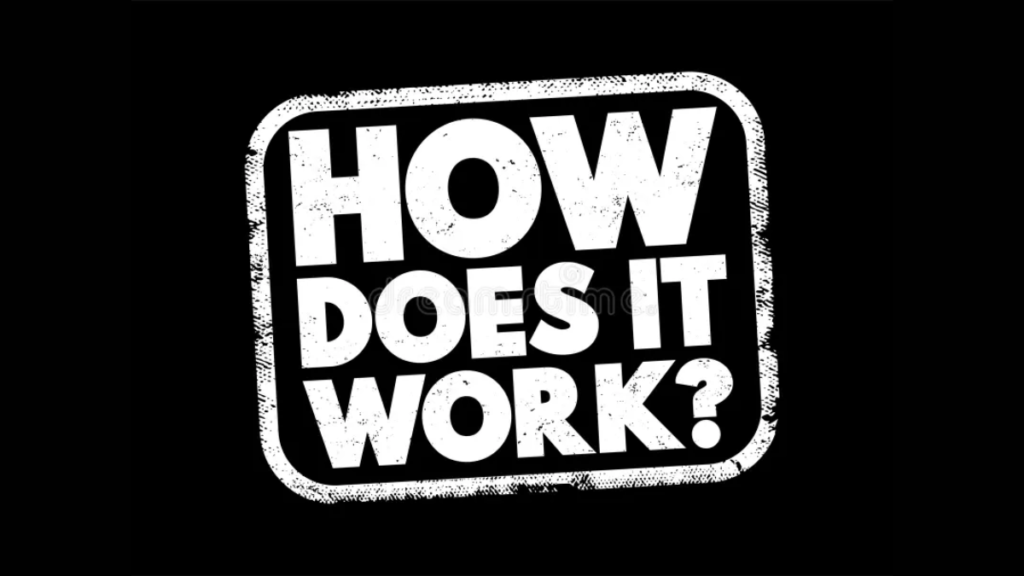CPP payments in 2025: $1100 to $3500 explained in simple language
Canada Pension Plan (CPP) is a amazing authorities scheme that gives the benefit of being capable of share the income with retired citizens, people with disabilities, and families which have lost a wage-incomes member. As for lots Canadians in April 2025, it manner that they will obtain CPP payments between $1,100 and $3,500.
For those people, these payments offer the handiest supply of profits after retirement. In this write-up, we tell you how CPP bills are calculated, to whom they may be provided, and how to ensure that your price reaches you in due route.
What is a CPP payment and how does it work

The Canada Pension Plan (CPP) is a government social security scheme that offers monetary assistance to residents after retirement or when they may be not able to paintings because of incapacity.
There are three predominant varieties of advantages supplied beneath the CPP:
- Retirement Pension – This is given to those who’ve made regular CPP contributions during their running years.
- Disability Benefits – If a person turns into disabled earlier than the age of 65 and has contributed to the CPP, he can get this benefit.
- Survivor & Children Benefits – If a person who has contributed to the CPP dies, his spouse and children can get financial assistance under this scheme.
Who is eligible to receive CPP payments
CPP payments are provided to the following categories of people:
1. Retirees
People who make contributions to CPP for the duration of their operating existence and feature reached the age of 65 are eligible to acquire a retirement pension. This pension offers a sure percentage in their pre-retirement income
2. Disability Benefits Recipients
If someone becomes not able to work because of a incapacity before the age of 65, he can apply for CPP disability benefits. This advantage is decided based totally on his previous contributions
3. Survivors & Orphans
If a person who contributed to CPP during his or her working life dies, his or her spouse and children may receive this benefit.
4. Children of Disabled or Deceased Contributors
Children who were dependent on a disabled or deceased person may also be eligible for CPP Children’s Benefit.
What will be the amount of CPP payment
The amount of CPP price varies relying on each person’s scenario. The most amounts in 2025 are as follows:
- Retirement Pension – The maximum monthly fee for brand new beneficiaries retiring at age 65 is $1,433.00. The amount decreases if someone begins receiving a pension before age 65, and will increase in the event that they begin after age 65.
- Disability Benefit – The maximum monthly payment for people with disabilities is $1,673.24. This is for those who become unable to work because of fitness reasons.
- Children’s Benefit – The monthly payment for kids of a disabled or deceased person is $301.77.
Factors affecting CPP payments

The amount of CPP each person receives depends on several factors. Some of the main factors are as follows:
1. Amount of Contributions
People who contribute more to CPP during their working lives receive a higher monthly pension. If you have contributed the maximum possible portion of your salary to the plan, your CPP amount will also be higher.
2. Starting Age
If you start taking CPP before age 65, your monthly amount will be lower. But if you start a pension after age 65, you will receive a higher amount.
3. Spousal Contributions
If you are married, a survivor pension is determined by combining the contributions of both you and your spouse. If one of you dies, the surviving partner can receive a portion of the pension.
4. CPP Enhancement
Since 2019, a number of enhancements have been made to the CPP, which are likely to increase the pension amount received in the future.
How to apply for CPP payments
It is very important to apply on time to receive CPP payments, so that there is no delay. The application process is as follows:
1. Apply for retirement pension
You can apply online through My Service Canada Account. You can apply up to 12 months before you plan to retire.
2. Apply for disability benefits
If you become disabled, apply as soon as possible, as this process can be lengthy.
3. Apply for survivor and children benefits
To receive benefits for survivors or children of the deceased, apply online at the Service Canada website or visit your nearest Service Canada office.
When will you receive CPP payments in April 2025
The CPP payment date for April 2025 will be Monday, April 28, 2025. This is the day most beneficiaries will receive payments.
1. Payment by direct deposit
If you have set up direct deposit with Service Canada, your funds will be deposited directly into your bank account.
2. Payment by cheque
If you do not use direct deposit, you will receive your funds in the form of a cheque sent through the mail. This may take some additional time.
What to do to ensure you receive your CPP payment on time
Take the subsequent steps to make certain you acquire your CPP price range on time:
- Set up direct deposit – This is the fastest and maximum secure manner to get hold of bills.
- Check your payment amount – Make certain you are receiving an appropriate amount. If there’s a mistake, touch Service Canada.
- Check your eligibility – Make sure you meet all of the essential standards.
- Stay updated on notifications – Visit Service Canada’s website to keep up with payment dates and other rules.
If you follow these steps, you will receive your CPP payments on time without any delays.
FAQs
What is the Canada Pension Plan (CPP)?
The CPP is a government program providing retirement, disability, and survivor benefits to eligible Canadian contributors.
Who qualifies for CPP payments?
Retirees, disabled individuals, surviving spouses, and dependent children of deceased contributors qualify for CPP benefits.
How much can I receive in CPP payments?
Payments range from $1,100 to $3,500, depending on contributions, retirement age, and eligibility for additional benefits.



